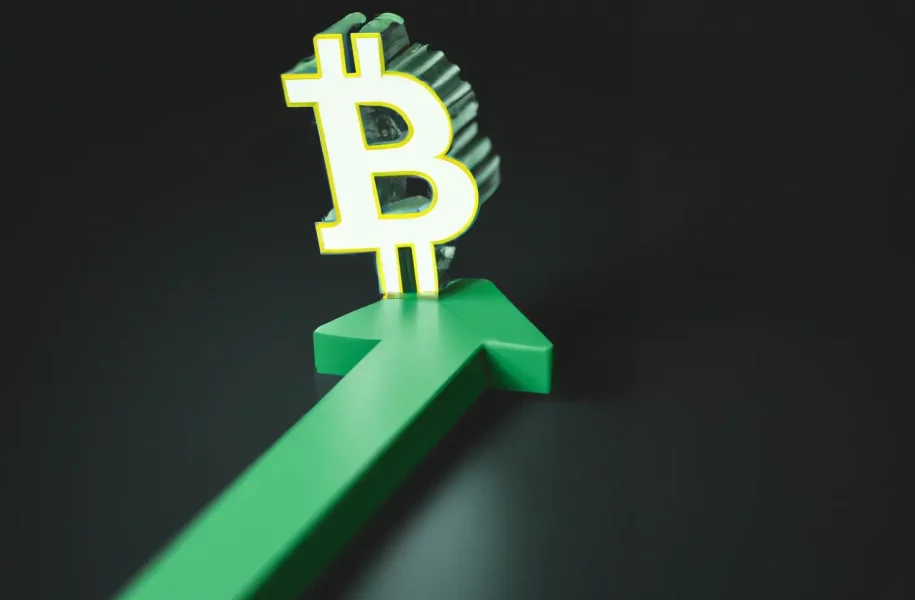Bitcoin in “Deep Value Zone” – Market Conditions Remain Difficult

According to macro expert Lyn Alden, Bitcoin (BTC) is a "strong buy" at its current price point, while discussing market conditions
In an interview with Swan Signal, Alden stated that Bitcoin’s current value presents an opportunity for investors to accumulate the dominant cryptocurrency at a relatively low price. However, she advises traders to be mindful of potential volatility in the near future.
Despite her bullish sentiment, Alden also warned that there is a possibility that Bitcoin may experience a dip in value later this year. This could happen if federal monetary policies cause liquidity to dry up.
The macro expert expressed concerns that once the debt ceiling is resolved, the US Treasury may attempt to draw back liquidity from the market to replenish its Treasury account.
If the Federal Reserve is also withdrawing liquidity in this case, a rapid decrease in liquidity could lead to negative retests, consolidations, or corrections.
Alden admits that it is challenging to predict market conditions later this year, along with the Federal Reserve’s monetary policies. However, she believes that taking a multi-year perspective and considering the network’s fundamentals are crucial for investors. According to the macro expert, professional traders may attempt to get the most out of Bitcoin. Still, for the vast majority of people, it is a “deep value zone” based on numerous metrics.
In her opinion, Bitcoin is an attractive investment over a three to five-year perspective, provided investors monitor the network’s fundamentals and confirm that all aspects are still working as intended.
Alden emphasized that there are currently no competitors that are anywhere near close to what Bitcoin offers. She reiterated that despite the potential turbulence in the second half of this year, the flagship cryptocurrency remains a strong buy.
The debt ceiling issue is yet to be fully resolved, and until it is, the market will likely experience ups and downs. Therefore, Alden urges traders to remain vigilant and prepared for potential market fluctuations in the coming months.
READ MORE: Polygon Showing Major Red Flags, According to Invest Answers
What is the US debt ceiling?
The United States debt ceiling is a legal limit on the debt the government can issue. It is set by Congress and specifies the maximum amount of debt the government can have outstanding at any given time. The debt ceiling has existed since 1917, and Congress has raised it more than 100 times.
The US government incurs debt by borrowing money to fund its operations, such as to pay for military expenses, social welfare programs, and infrastructure projects. The debt ceiling is intended to control the level of debt by limiting how much the government can borrow.
If the debt ceiling is reached and not raised, the government would be unable to borrow more money to pay its bills. This could lead to the US defaulting on its debt obligations, which would severely affect the economy and the global financial system.
The debt ceiling has been controversial in recent years, with some lawmakers arguing that it should be lowered to reduce government spending and others arguing that it should be abolished altogether. There have been several instances in which Congress has failed to raise the debt ceiling in a timely manner, leading to government shutdowns and other disruptions.
As of early 2023, the US debt ceiling is $31.4 trillion. Congress is debating whether to raise it to avoid a potential default.
READ MORE: ECB’s Digital Euro Focuses on E-Commerce and Caution Toward Crypto
What does it mean for the Federal Reserve to withdraw liquidity?
When the Federal Reserve withdraws liquidity, the central bank reduces the money available to banks and financial institutions. This is usually done by selling assets the Federal Reserve holds, such as government bonds or mortgage-backed securities, to banks or investors.
The goal of withdrawing liquidity is to reduce the amount of money in circulation, which can help to prevent inflation. When there is too much money in circulation, prices tend to rise, which can harm the economy.
By withdrawing liquidity, the Federal Reserve can also signal to the market that it is trying to tighten monetary policy, which can influence interest rates and encourage banks to hold onto more of their reserves.
However, withdrawing liquidity can also negatively affect the economy, particularly if it is done too quickly or aggressively. Suppose there is not enough money in circulation. In that case, it can make it harder for businesses and consumers to borrow money, slowing down economic growth and even leading to a recession.
Overall, the decision to withdraw liquidity is one that the Federal Reserve takes very carefully. It typically involves carefully balancing the need to prevent inflation and maintain economic stability with supporting economic growth and keeping credit flowing to businesses and consumers.
















